数据结构是 c 语言面试中的关键知识点:指针和数组:理解指针指向数组起始地址并用于访问和修改数组元素。链表:实现单向链表,掌握创建、插入和删除操作。栈:利用数组构建栈,理解压栈、出栈和查看栈顶操作。队列:使用数组实现队列,掌握入队、出队和查看队首操作。
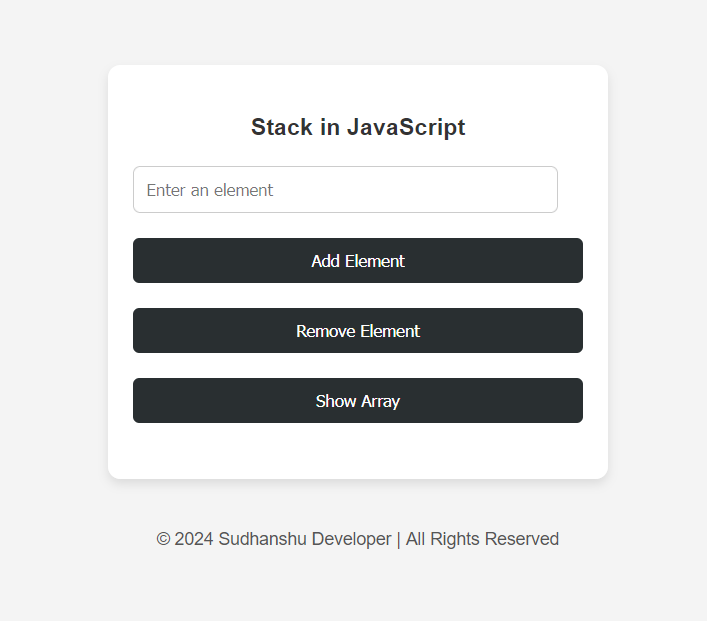
在许多编程面试中,数据结构都是不可避免的话题。掌握 C 语言中的常见数据结构及其应用对于求职者来说至关重要。
1. 指针和数组
-
理解指针指向数组起始地址的原理。
int arr[] = {1, 2, 3, 4, 5}; int *ptr = arr; // 指向数组首元素 -
使用指针访问和修改数组元素。
printf("%d ", *ptr); // 输出 1 *ptr++; // 指向下一个数组元素 printf("%d ", *ptr); // 输出 2
2. 链表
-
实现单向链表及其基本操作(创建、插入、删除)。
struct node { int data; struct node *next; }; struct node *head = NULL; // 链表头部 // 创建链表 void create_list(int data) { struct node *new_node = malloc(sizeof(struct node)); new_node->data = data; new_node->next = NULL; if (head == NULL) { head = new_node; } else { struct node *current = head; while (current->next != NULL) { current = current->next; } current->next = new_node; } } // 插入节点到链表特定位置 void insert_node(int data, int position) { struct node *new_node = malloc(sizeof(struct node)); new_node->data = data; if (position == 0) { new_node->next = head; head = new_node; } else { struct node *current = head; for (int i = 0; i next; } if (current != NULL) { new_node->next = current->next; current->next = new_node; } } } // 删除链表特定位置的节点 void delete_node(int position) { struct node *current = head; if (position == 0) { head = head->next; } else { for (int i = 0; i next; } if (current != NULL && current->next != NULL) { struct node *temp = current->next; current->next = temp->next; free(temp); } } }
3. 栈
-
实现栈并使用数组模拟,理解栈的基本操作(压栈、出栈、查看栈顶)。
#define MAX_SIZE 100 int stack[MAX_SIZE]; int top = -1; // 栈顶指针 // 压栈 void push(int data) { if (top == MAX_SIZE - 1) { printf("Stack overflow "); } else { stack[++top] = data; } } // 出栈 int pop() { if (top == -1) { printf("Stack underflow "); return -1; } else { return stack[top--]; } } // 查看栈顶元素 int peek() { if (top == -1) { printf("Empty stack "); return -1; } else { return stack[top]; } }
4. 队列
-
使用数组实现队列,理解队列的基本操作(入队、出队、查看队首)。
#define MAX_SIZE 100 int queue[MAX_SIZE]; int front = -1, rear = -1; // 入队 void enqueue(int data) { if ((front == 0 && rear == MAX_SIZE - 1) || (rear + 1 == front)) { printf("Queue overflow "); } else if (front == -1) { front = rear = 0; queue[rear] = data; } else if (rear == MAX_SIZE - 1) { rear = 0; queue[rear] = data; } else { rear++; queue[rear] = data; } } // 出队 int dequeue() { if (front == -1) { printf("Queue underflow "); return -1; } else if (front == rear) { int data = queue[front]; front = rear = -1; return data; } else { int data = queue[front]; front++; return data; } } // 查看队首元素 int peek() { if (front == -1) { printf("Queue empty "); return -1; } else { return queue[front]; } }
以上就是C语言数据结构:常见面试问题剖析的详细内容,更多请关注知识资源分享宝库其它相关文章!
版权声明
本站内容来源于互联网搬运,
仅限用于小范围内传播学习,请在下载后24小时内删除,
如果有侵权内容、不妥之处,请第一时间联系我们删除。敬请谅解!
E-mail:dpw1001@163.com

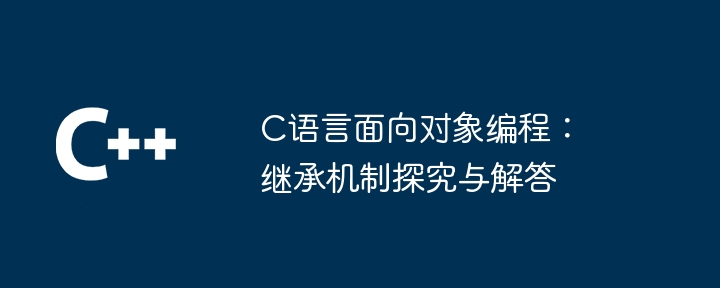
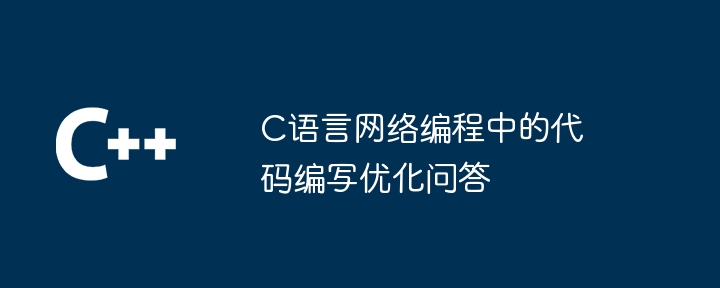
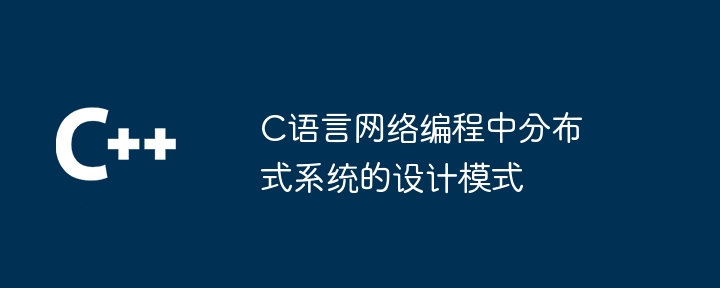
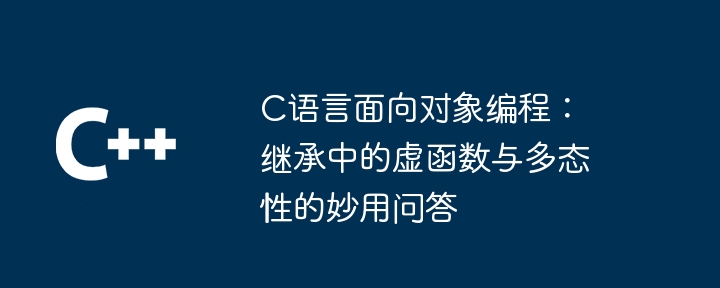





发表评论